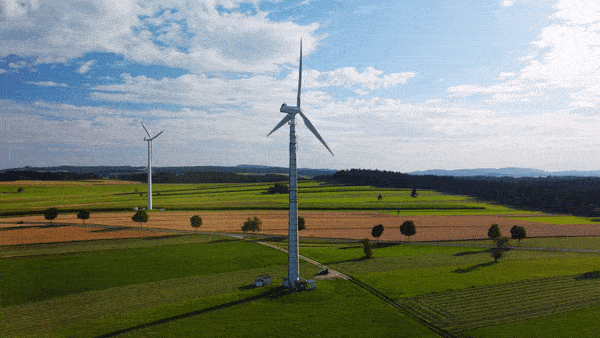
ENERGY Trail
Energy2
Wind

Wind farms capture the energy of wind flow by using turbines and converting it into electricity. There are several forms of systems used to convert wind energy and each vary. Commercial grade wind-powered generating systems can power many different organizations, while single-wind turbines are used to help supplement pre-existing energy organizations. Another form is utility-scale wind farms, which are purchased by contract or wholesale. Technically, wind energy is a form of solar energy. The phenomenon we call “wind” is caused by the differences in temperature in the atmosphere combined with the rotation of Earth and the geography of the planet.
Good
Bad
Wind energy is a clean energy source, which means that it doesn’t pollute the air like other forms of energy. Wind energy doesn’t produce carbon dioxide, or release any harmful products that can cause environmental degradation or negatively affect human health like smog, acid rain, or other heat-trapping gases.[2] Investment in wind energy technology can also open up new avenues for jobs and job training, as the turbines on farms need to be serviced and maintained to keep running.
Since wind farms tend to be built in rural or remote areas, they are usually far from bustling cities where the electricity is needed most. Wind energy must be transported via transition lines, leading to higher costs. Although wind turbines produce very little pollution, some cities oppose them since they dominate skylines and generate noise. Wind turbines also threaten local wildlife like birds, which are sometimes killed by striking the arms of the turbine while flying.
